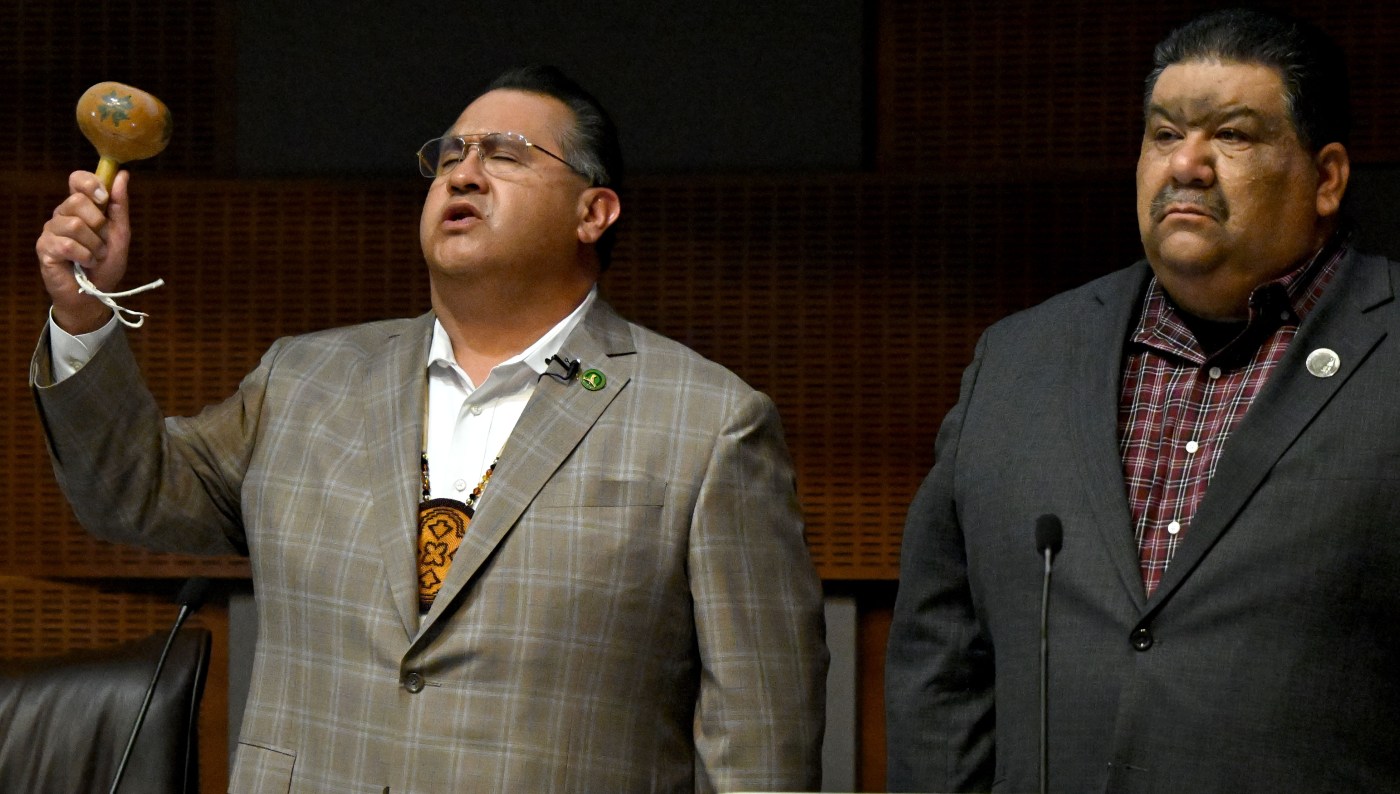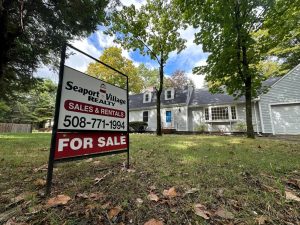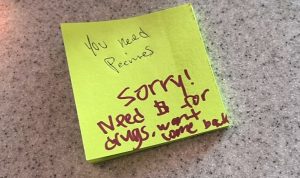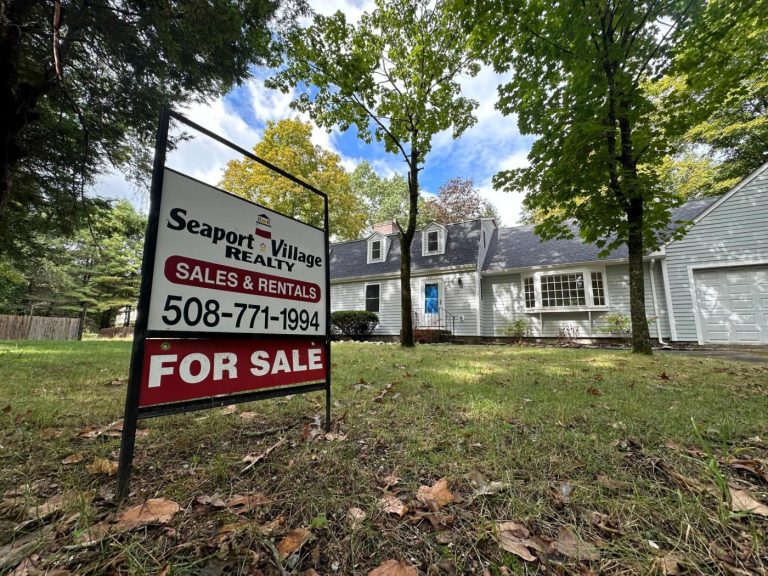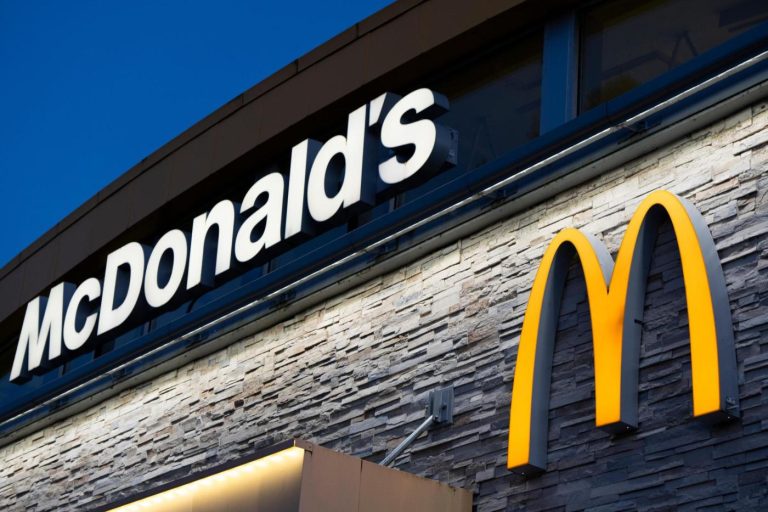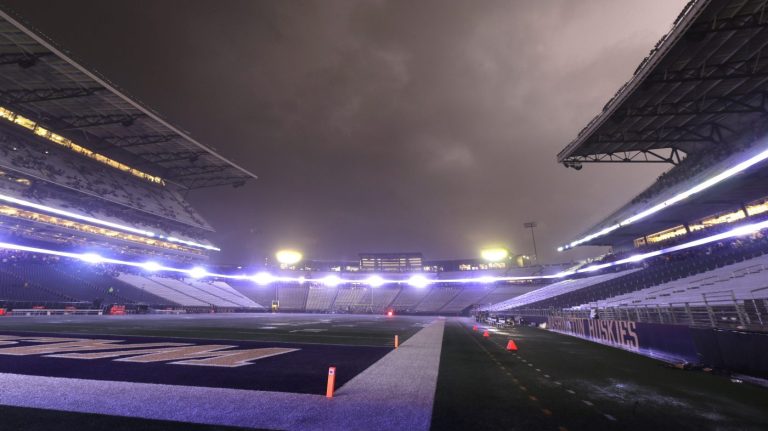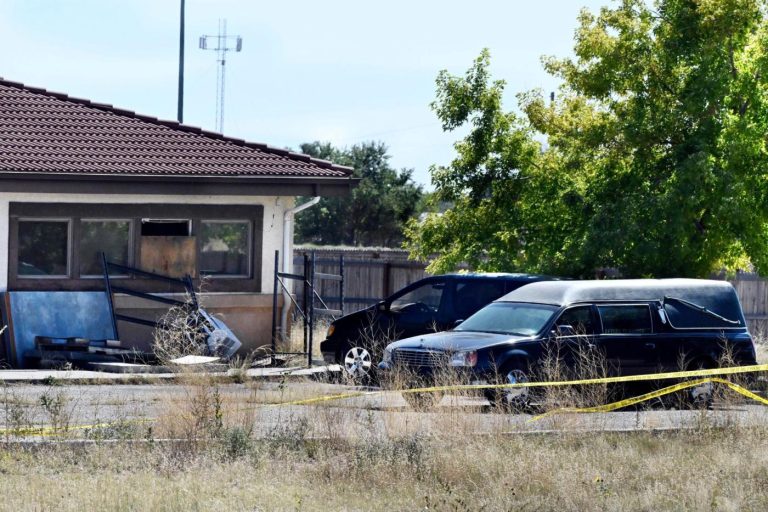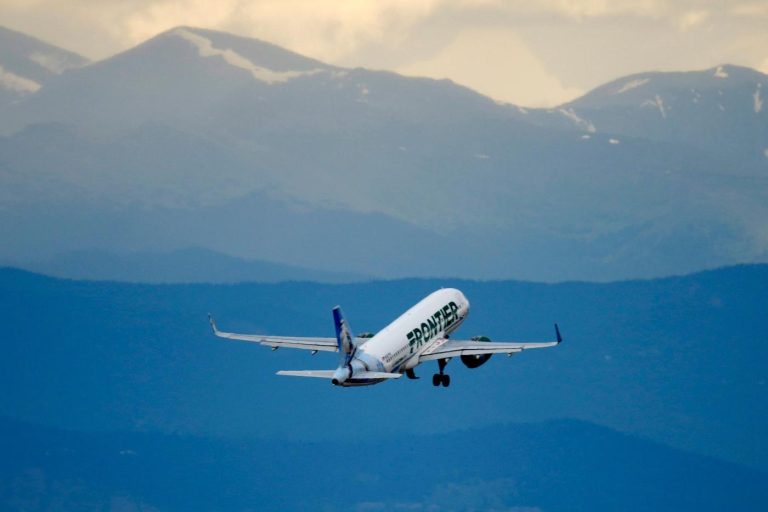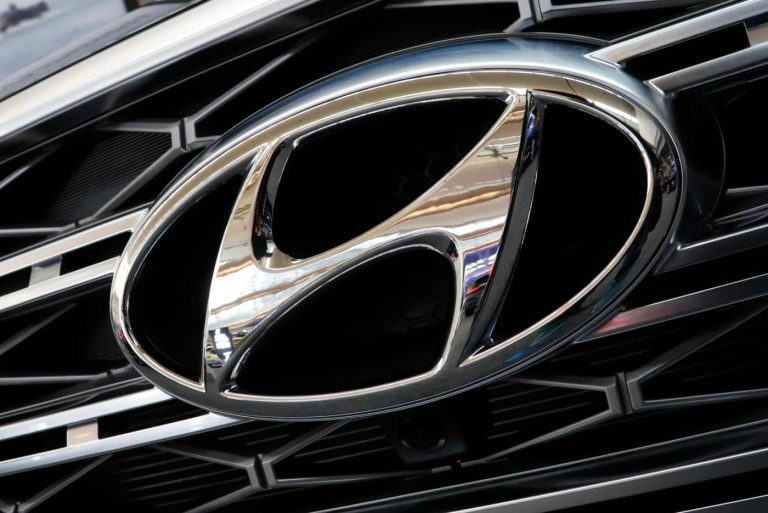In 2020, Assemblymember James C. Ramos, D-San Bernardino, celebrated the creation of the state’s new Office of Suicide Prevention.
Four years later, more work remains to be done, he and other Native American leaders say.
Despite making up only 3.6% of Californians in 2020, American Indians or Alaskan Natives made up 9.8% of those who killed themselves that same year, according to the California Department of Public Health. Nationally, Native American populations are more than twice as likely as Black or White populations to die due to deaths of “despair” — suicide, drug overdoses and alcoholic liver disease — according to a UCLA Health survey released in April.
On Wednesday, July 17, Ramos — author of Assembly Bill 2112, which created the Office of Suicide Prevention — gathered with representatives of Inland Empire tribes at the Morongo Band of Mission Indians’ Tribal Council Chambers in a roundtable to discuss the need for more help preventing suicide among Native Americans.
“We’ve had incidents where young members have taken their lives,” said Soboba Band of Luiseno Indians Chairperson Isaiah Vivanco. “Life is so precious, and when we have young ones taking their own lives, it has to be (a warning), it has to be an issue.”
Tribal leaders said that, too often, health professionals don’t understand native culture, and end up pushing those who need help away.
“Culture is healing as well,” said Soboba tribal secretary Monica Herrera. “Sometimes (mental health) facilities don’t recognize that (patients) are Native American and that sweat lodge or praying or some type of cultural healing is not encouraged. ‘We can’t take you to the sweat lodge; it’s against our policies.’ “
Related Articles
Letters: Pass AB 1866 | Public health | Youth vote | Inaction disqualifies | Dismantle pipeline
Montalvo opens installation honoring Ohlone land at Saratoga villa
Lessons from the land: Greg Sarris’ new stories reflect on the natural world and Native America identity
Letters: Restraint needed | Charreadas’ responsibility | No freebies | Justice for tribe | Trump economy
Letters: Expanding access | Subjugating women | Stop Trump | Prisoner swap | Embrace differences
California health officials vowed to do better at the meeting.
“Our traditional behavioral health system has woefully failed Native American populations,” California Health and Human Services Deputy Secretary of Behavioral Health Stephanie Welch told the tribal leaders. “There are high rates of suicide, there are high rates of self-harm as I have heard in the room, and there are high rates of drug misuse and overdose.”
Native communities aren’t using existing mental and behavioral health resources, state officials reported.
“When I see statistics around low utilization of behavioral health services, that’s on us,” Welch said. “Behavioral health services has not traditionally reflected the acceptance of (the) cultural, linguistic and geographical diversity that’s needed to address the needs of Native Americans communities.”
The department knows that it isn’t reaching many groups that need its mental health services and has embarked on a new initiative, “Mental Healthcare for All,” she said.
“And that truly means all of us and it needs to be inclusive of California Native Americans,” Welch said. “Everybody should have access to affordable, equitable, and most importantly, culturally responsive mental health and substance use disorder (treatment).”
As part of the effort, the state is investing in mobile clinics to bring services directly to tribal communities.
Within five years, Welch said, her agency hopes to have culturally appropriate mental health counselors available on mental health crisis lines in the state. In the meantime, her team is examining gaps in existing services when it comes to meeting the needs of California’s Native American population, along with identifying barriers that prevent the community from accessing healthcare options.
More mental health resources should be on the way.
Voters approved Proposition 1 in the March 5 primary election this year, authorizing a nearly $6.4 billion bond for facilities for mental health or substance abuse treatment.
“We want to make sure that California’s first people are not left out of that equation,” Ramos said.
HOW TO GET HELP
If you or someone you know is considering suicide or self-harm, mental health resources are available, including free and low-cost services. They include:
The 988 Suicide & Crisis Lifeline: Call or text 988, or visit SuicidePreventionLifeline.org
Crisis Text Line: CrisisTextLine.org
Know the Signs: SuicideIsPreventable.org
The Suicide Prevention Resource Center’s Resources and Programs page: SPRC.org/resources-programs
The Veterans Crisis Line: Call 988 and press 1, or visit VeteransCrisisLine.net
The National Council for Behavioral Health’s Find a Behavioral Health Provider page: TheNationalCouncil.org/providers/?region=CA
Born This Way Foundation’s Get Help Now page: BornThisWay.foundation/get-help-now
Hayden’s Corner: HaydensCorner.org
More about suicide prevention and the indigenous community
1 in 5 California high schoolers who responded to a state survey say they have considered suicide, analysis shows
Here’s what 4 California school districts did to reduce the number of students contemplating suicide
Local legislators celebrate new Office of Suicide Prevention, stress need for more efforts
Southern California suicides down during coronavirus pandemic — but not among young people
Here are the 13 Native American tribes in the Inland Empire recognized by the federal government
What is Prop 1, California’s mental health and homelessness ballot measure?
UCLA study: ‘Despair’-related deaths of Blacks, Native Americans overtake those of whites
